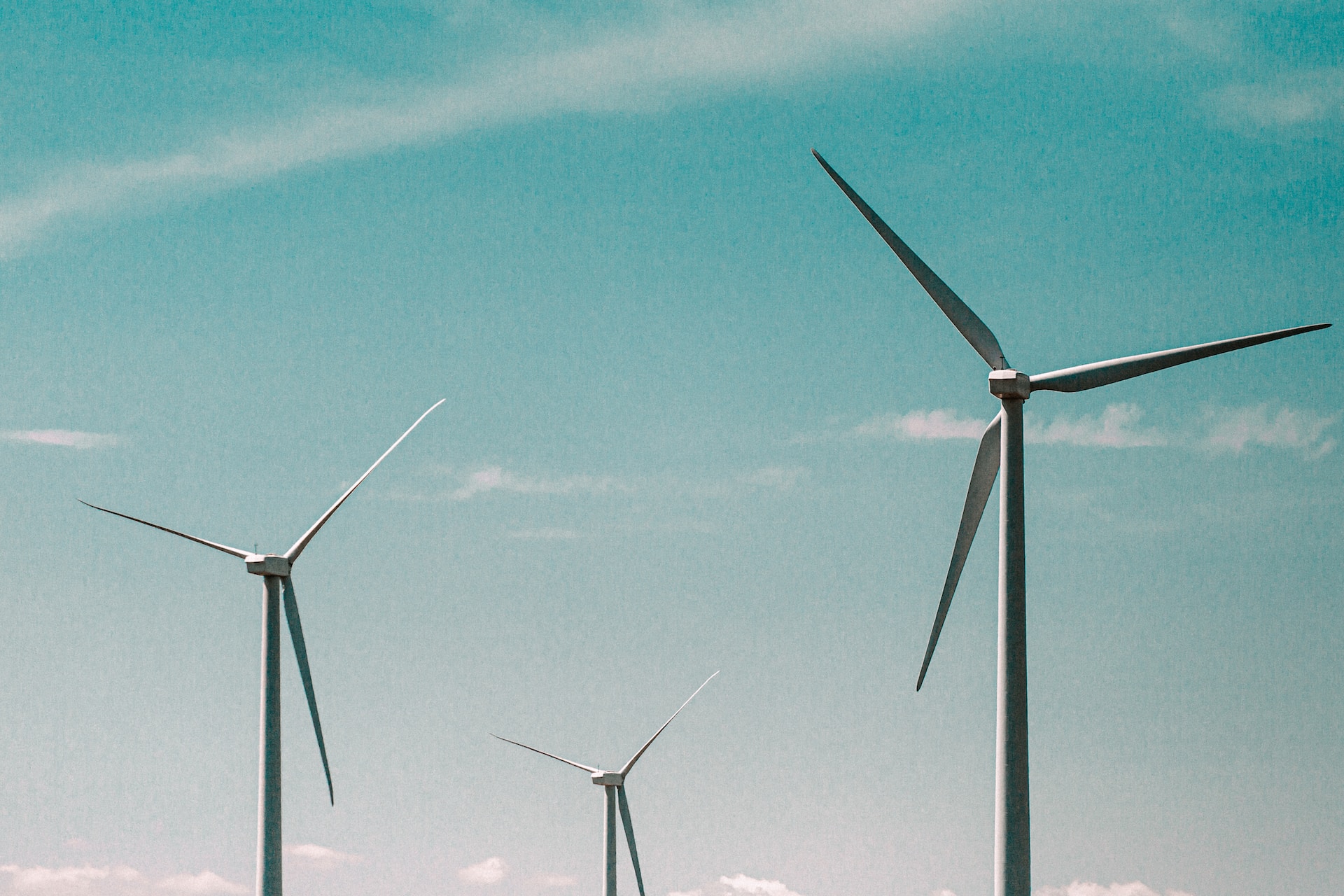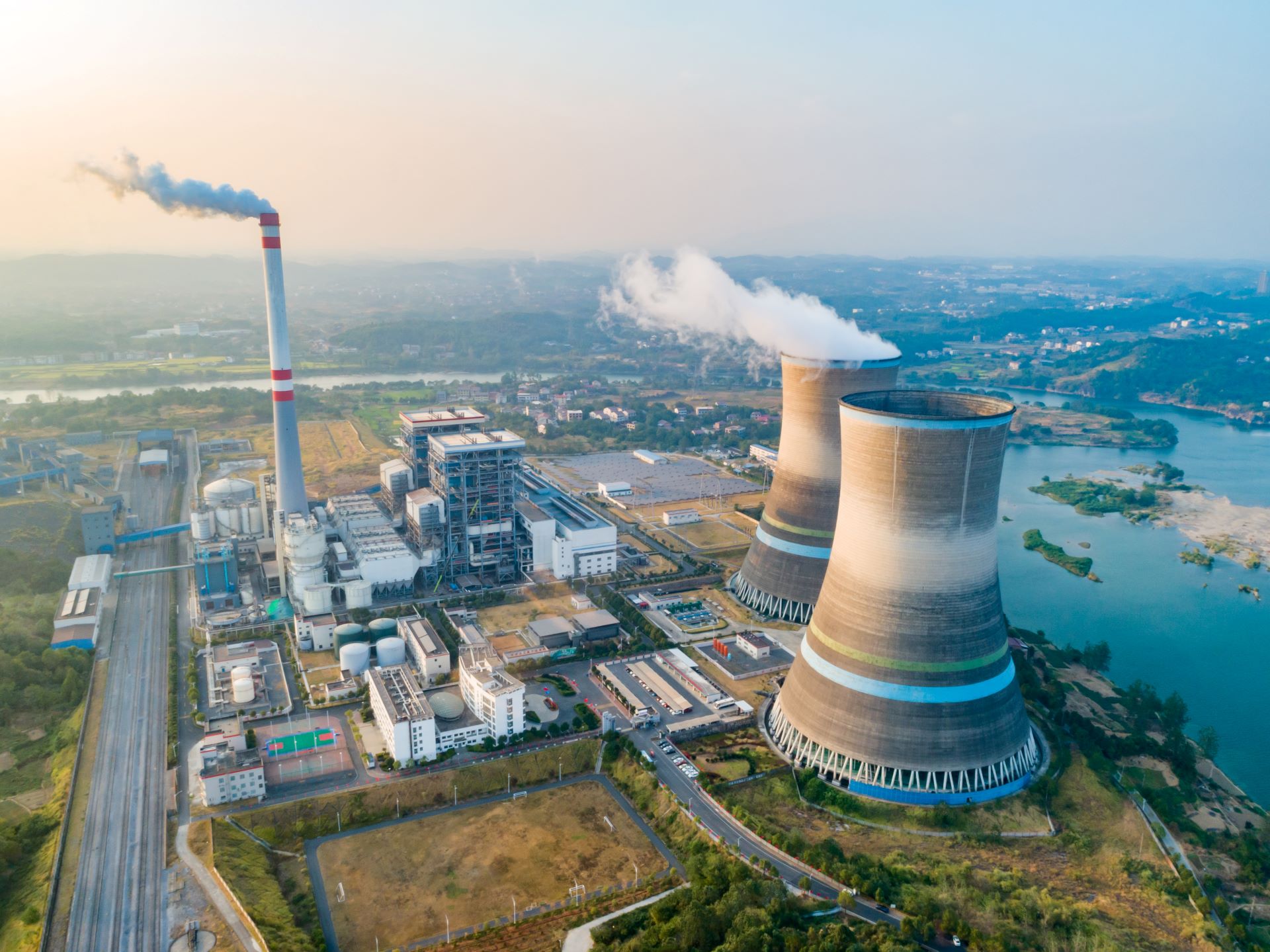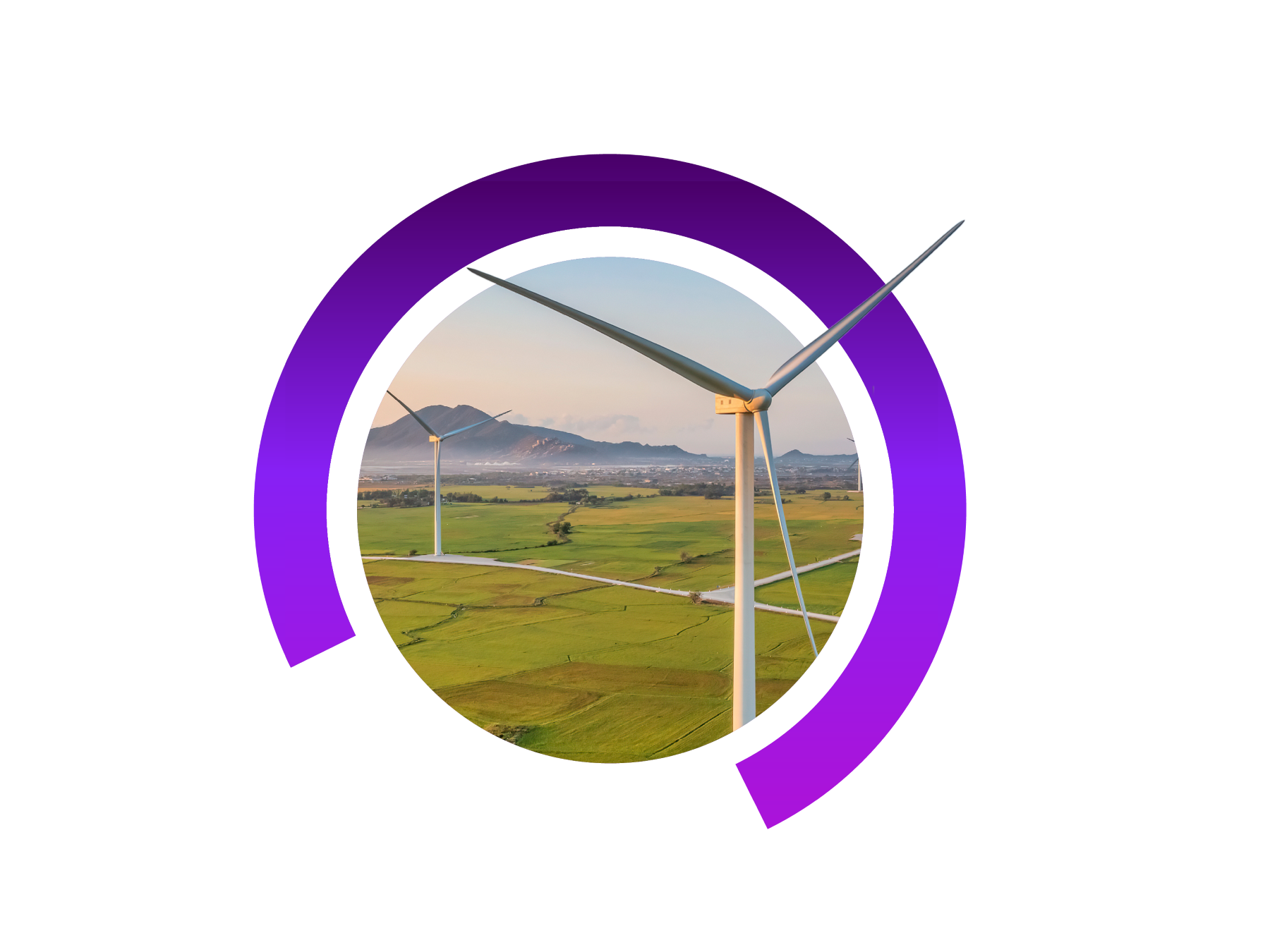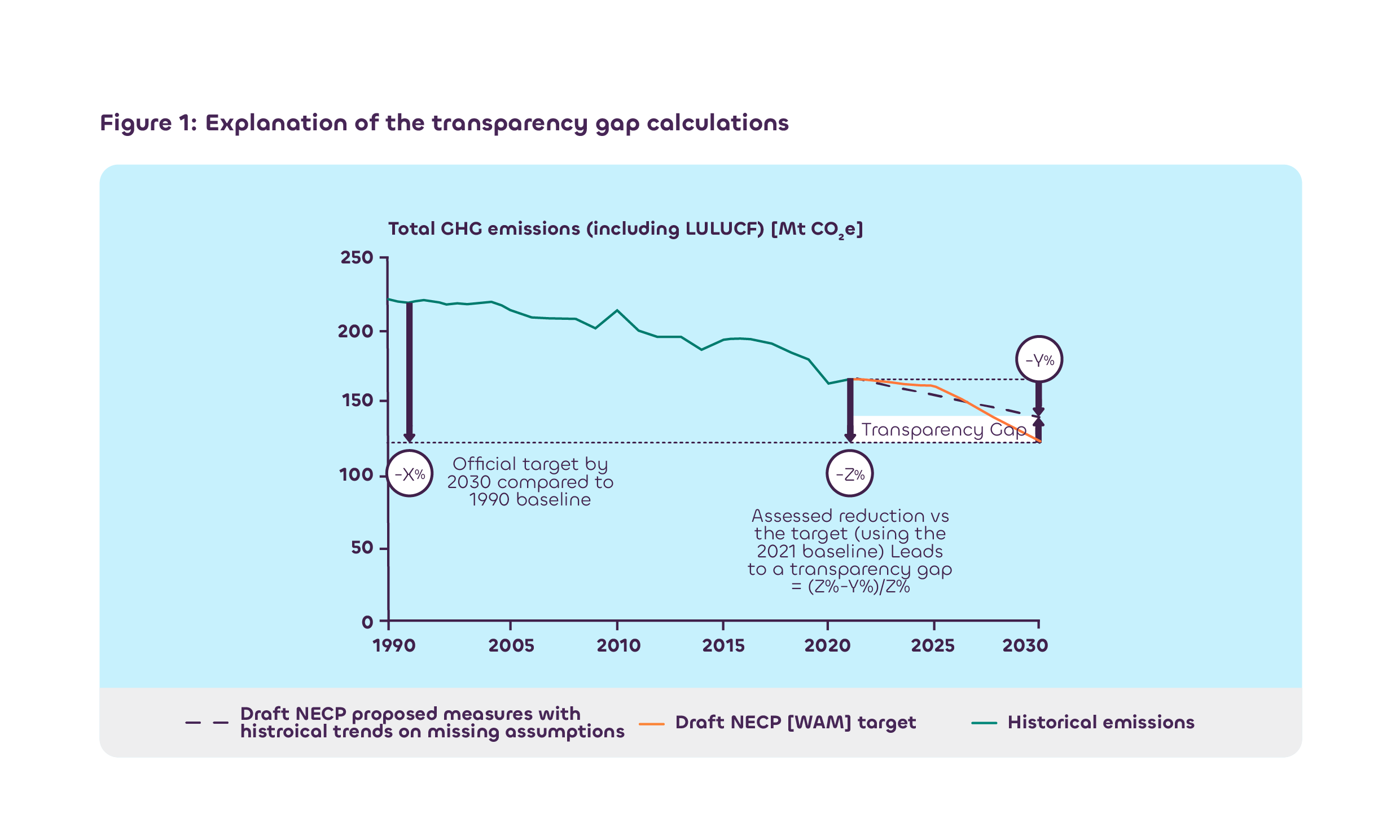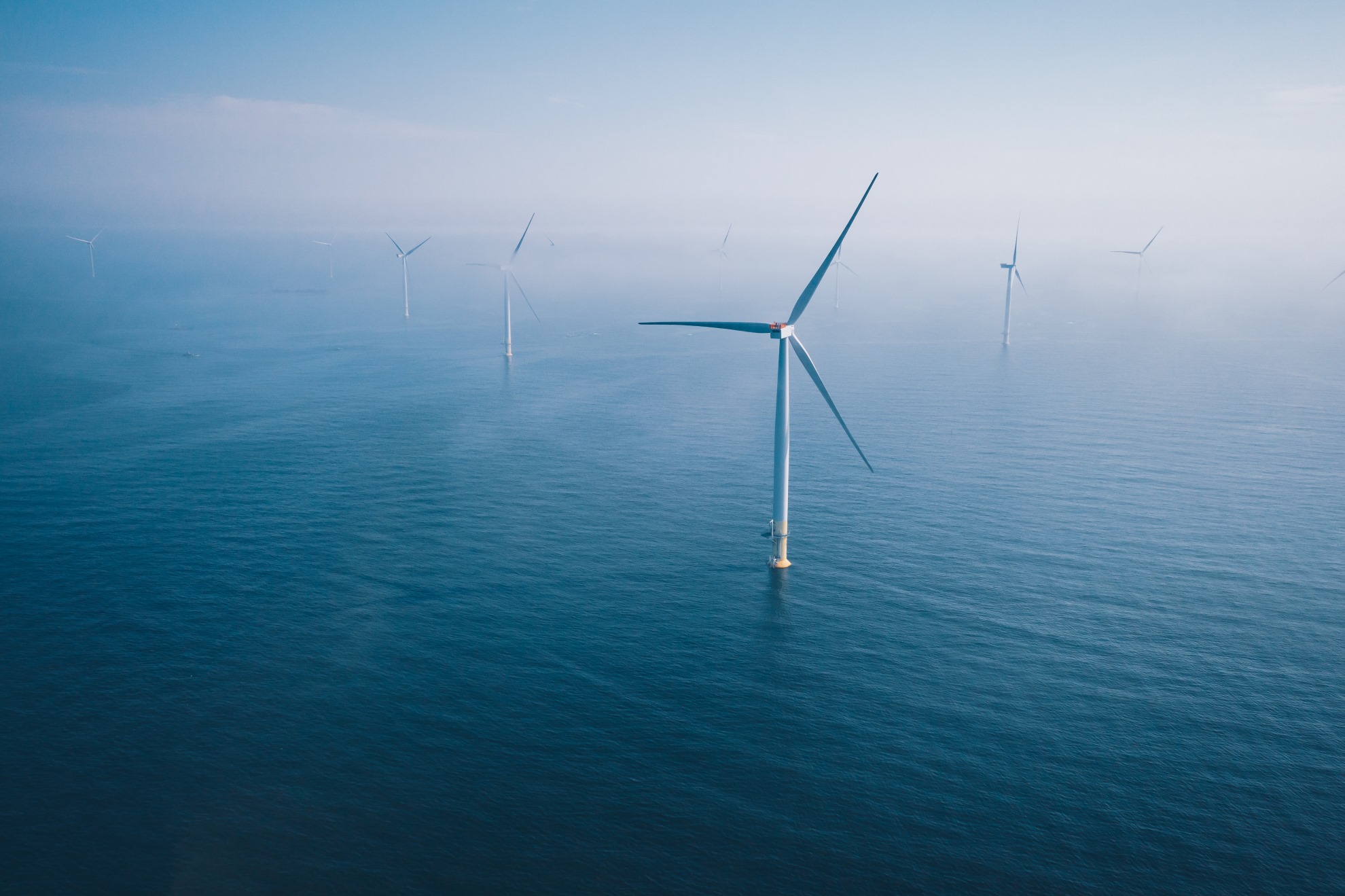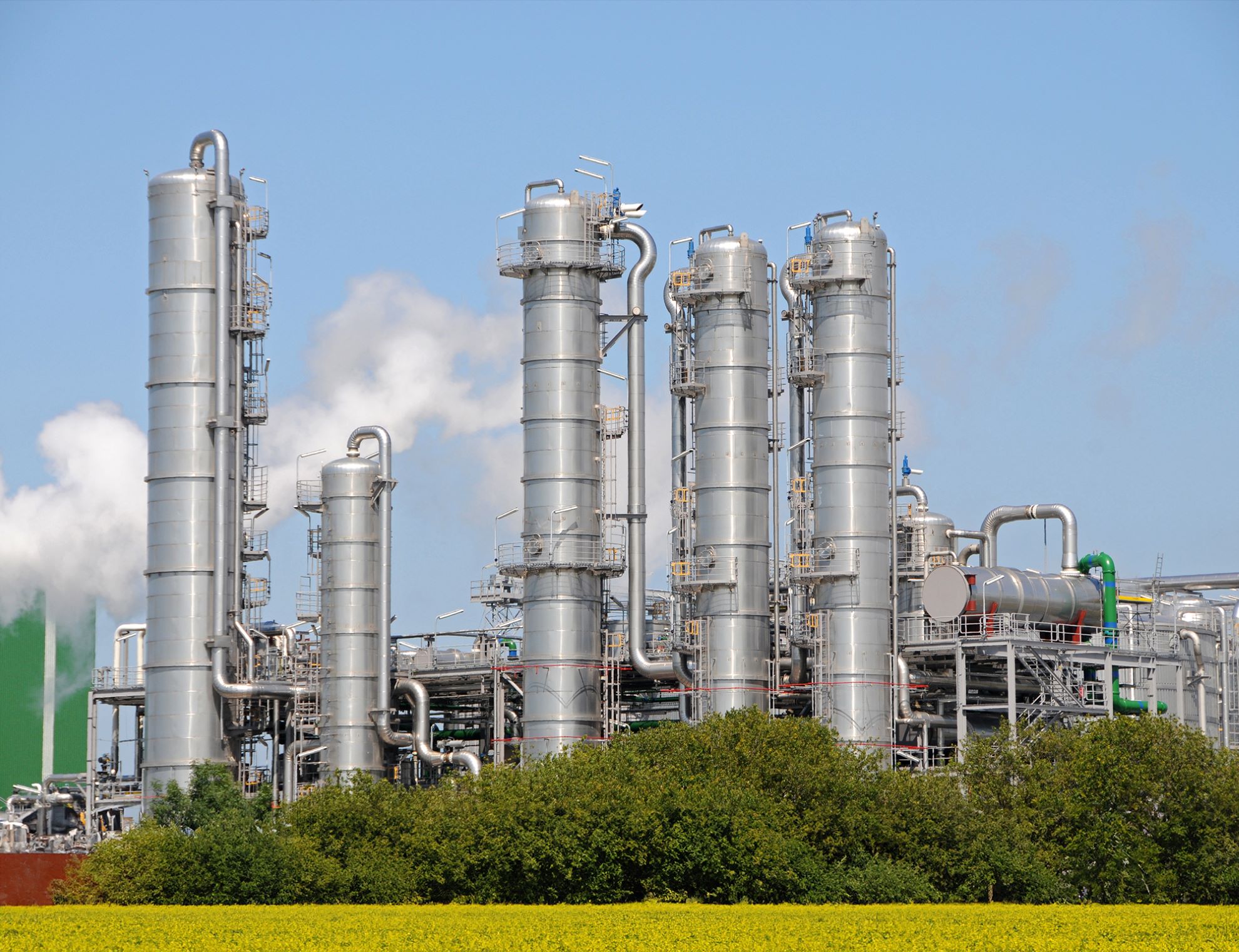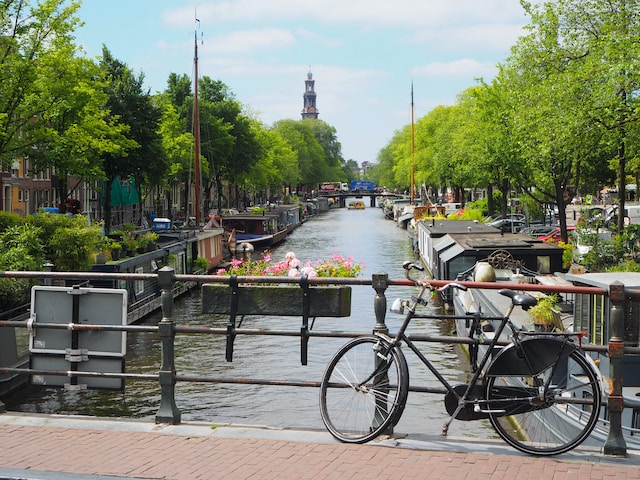A new cross-sector analysis of draft National Energy and Climate Plans reveals significant risks of inadequate infrastructure, resource shortages and failure to meet 2030 climate targets. The report focuses on renewable electricity, hydrogen, land, bioenergy and the geological storage of carbon dioxide. It assesses the completeness, consistency and quality of information on those sectors within the draft NECPs from Italy, Hungary, the Netherlands, Spain and Sweden.
A climate neutral economy will not come about by chance. The pathways consistent with well-below two degrees require decisive action during this decade. Consistent and transparent planning, with a clear eye to intermediate targets, will be needed. National Energy and Climate Plans (NECPs) represent an opportunity for EU Member States to chart their next steps on the road to a net-zero economy by 2050.
Clear and robust NECPs are one of the key tools available: done well, they should provide detailed information on how climate and energy targets will be implemented, with an integrated and considered view of how steps taken in different sectors will interact. They are also a powerful way to reinforce the collaboration and coordinated action across Member States if sufficient focus is set on the coherence across countries.
Member States must finalise their NECPs by June 2024. Several good practice examples exist around the EU, at least on particular aspects of the NECPs, and should serve as inspiration. This report aims to share the strengths and weaknesses on the consistency of the draft plans of a few Member States and therewith aid all of them to deliver robust plans in their final versions.
This report offers an analysis of five Member State draft NECPs and assesses them according to transparency and internal consistency.
The documents are assessed regarding four key cross-sector themes in order to both help directly improve the NECPs, and to inform and strengthen European climate planning at large as regards the use of limited, cross-sector resources: renewable electricity and renewable hydrogen, land uses, bioenergy and long-term geological storage of CO₂.
This enables national administrations to improve the draft NECPs for their final version, shining a light on the areas where these current drafts lack coherence and clarity. The report does not evaluate the likely effectiveness of the presented policies, nor the quality and inclusiveness of the drafting process. Rather, it highlights ‘planning risk’ areas in the draft plans with the aim of helping to ensure that Europe stays within the available pathways to timely climate neutrality, in this crucial decade of climate action.
